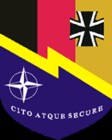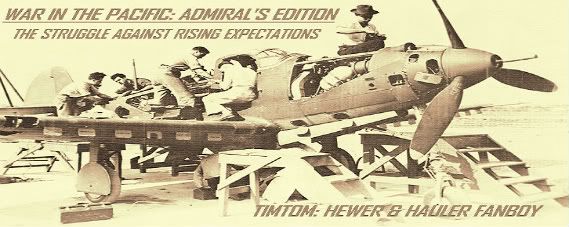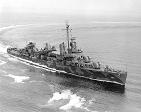This is essentially correct. There are several things at work in the code. lots of randomness, and things like EXP and LDR ratings, but what your surmise is part of the recipe.ORIGINAL: vettim89
ORIGINAL: 2ndACR
I will wait and see, but this just looks wrong........sorry. Note I said "looks" wrong......but I have been looking at WITP since release, so am used to seeing late war allied fighters in the 30's mvr wise.
Why is there a exact double of the F4U-1D? I can see the different versions, but this a/c is exactly the same in the screen shot.
First it is obvious that AE is using a different computational scheme. As to the wrong, no not really. Assuming maneuvabiltyis mostly related to the turning battle, look at some numbers related to wing loading and power ratio. Wing loading is how many pounds of aircraft each sq ft of wing is holding up. Power ratio is how many pounds of aircraft each BHP is pushing around. All this numbers assume a CAP/Escort load
F4F: wing loading 26.5 lb/sq ft, power ratio 6.9 lb/BHP
F6F: wing loading 34.1 lb/sq ft, power ratio 5.7 lb/BHP
F4U: wing loading 38.3 lb/sq ft, power ratio 5.35 lb/BHP
A6M
Model 21: wing loading 22.0, power ratio 5.5 lb/BHP
Model 52: wing loading 26.23, power ratio 5.28
In simplest terms wingloading determines how much drag is induced in a turn and power ratio speaks to how well the aircrafts engine can overcome this drag. Contrary to popular belief, the Allied late war fighters could not stay in a sustained turning fight with their Japanese counterparts. AH. but air combat is in three dimensions not two. Here is where the Allied fighters had the advantage. Not only did they have higher top speeds but the had as odd as it seems a weight advantage. Weight (well mass really) is a very important factor in determining things like momentum and inertia. Fighter pilots call these phenomenae "energy". The USN planes (even the F4F) were better at building up and then ultimately using "energy".
One last thing. The F6F had a notorious poor roll rate at high speeds. This was not true of the F4U. This has to play into the Maneuver Rating too.
So, if I understand what The Elf said, AE ATA combat will give the USN flyboys a random chance to see if they can put their speed/energy advantage to use in combat. If they fail, it means our wily Japanese pilot has suckered the US pilot into a battle on his terms. If you have read Baa Baa Black Sheep, you will know this is exactly how Boyington got shot down - he ran out of speed and energy
For anyone who insists on knowing the formula behind various routines, trust me when I say it would ruin the experience for you to know the details. Just enjoy the "movie" and don't ask what happens in the end...until you watch it for yourself.
























